Slaughter in Gaza: the lessons of history
by Dr Salman Abu Sitta

Netanyahu
, following in the footsteps of Jabotinsky and Dayan, continues to attack Palestinian refugees in bouts of death and destruction, it is clear that Palestinians will never surrender and will not vanish overnight. (Photo: Press TV)" width="585" height="390" /> While Netanyahu, following in the footsteps of Jabotinsky and Dayan, continues to attack Palestinian refugees in bouts of death and destruction, it is clear that Palestinians will never surrender and will not vanish overnight. (Photo: Press TV)The guns in Gaza attacks may fall silent for a while and resume firing later but this will not change the pattern which lasted 66 years. The bloodshed will not come to an end without knowing how and why it started and how to deal with it.
In the last four weeks, the pictures of dismembered children and women were shown around the world by the new uncensored medium of social media. Numbers of casualties were flashed on TV screens as the daily barometer of death and destruction. Shy voices are rising slowly calling the carnage a massacre or even genocide. This social media explosion, curtailing the influence of regular media, has a tremendous effect on understating the Palestine-Israel conflict. People are now asking questions: who are these people, why this chronic conflict lasted so long.
Also Read: The Forty-Four-Days of Glory: Azerbaijan’s Struggle for Justice and Peace
There is nothing in Palestine’s geography called the “Gaza Strip”. This “strip” was created by Israel.
In the spring and summer of 1948 Israel uprooted completely the inhabitants of 247 Palestinian villages in southern Palestine and herded them into a narrow sliver of land on the coast, thenceforth known as the Gaza Strip. Thus the largest and longest-lasting refugee concentration camp in the world was created. The refugees have since become the target of regular Israeli attacks.
On Christmas day of 1948, Israelis forces attempted to split the crowded strip in two and empty it of its refugees but on that occasion they were repelled and the Russian general leading the attack was killed. During the following year, Israel attacked the strip in several border attacks and shrank its area from 550 km2, as designated by the Armistice Agreement of 24 Feb 1949, to its present area of 360 km2. Before the recent fighting, this sliver of land was further reduced; 44% of this is a no-go zone.
In January 1949 Israel bombed by air the refugees’ food distribution centers in Khan Younis and Deir el Balah at peak time, killing over two hundred refugees. The Red Cross witnessed the event and described it as “a scene of horror”. My uncle, Muhammad Abu Mughaisib, was one of the victims.
Also Read: Palestine Solidarity Month: A Collective Movement for Al-Aqsa and Palestine’s Freedom
On 28 August 1953 Ariel Sharon, commander of the notorious Unit 101, responsible for several deadly raids on refugee camps along the Armistice Line, attacked Bureij camp and killed 43 men, women and children in their beds.
On 2 November 1956 Israel mowed down over 250 civilians in Khan Younis, two of them were brothers of my sister-in-law. Their bodies lay strewn in the streets – like Shujaiya today.
In 1971 Ariel Sharon bulldozed whole streets of the refugee camps in Gaza and reduced them to rubble.
The same policy of incurring tremendous loss of life on the refugees has been abundantly clear in the last two attacks on Gaza in 2008- 2009 and 2012. And now.
Also Read: Hassan al-Turabi: A Controversial Thinker from Sudan
Not only in Gaza. The same took place in Jenin camp in the West Bank and Sabra and Shatila camps in Lebanon, to mention only a few.
Today there are published calls in Israel to “concentrate” Palestinians in newly created camps and “exterminate” them under the justification “When Genocide is Permissible”.
Why is this Israeli determination to eliminate the Palestinians? The reason is clear. The Palestinian refugees are the body of the war crime of ethnic cleansing of Palestine. Refugees must disappear. Palestine must become as the Zionist slogan had it, “a land without people”.
The doctrine of eliminating or subduing Palestinians as the only way to build Israel on Palestine land was established quite early, first by Vladimir Jabotinsky, one of the leading ideologues of the Zionist movement. In his seminal work of 1923, The Iron Wall, he wrote:
Also Read: Who Exactly is the RSF Group Shaking Sudan?
“This [Zionist] colonization can, therefore, continue and develop only under the protection of a force independent of the local population – an iron wall which the native population cannot break through. This is, in toto, our policy towards the Arabs.”
The policy was followed by Moshe Dayan 33 years later. Mourning a settler on refugees’ land who was killed near Gaza in April 1956, Dayan gave a candid speech which became the guiding light for subsequent Israeli military operations against Palestinian refugees. He said:
“For eight years now, they [the Palestinians] have sat in the refugee camps of Gaza, and have watched how, before their very eyes we have turned their land and villages, where they and their forefathers previously dwelled, into our home…We are a generation of settlement and without the steel helmet and the gun’s muzzle we will not be able to plant a tree and build a house…That is the fate of our generation. This is our choice – to be ready and armed, tough and hard – or else the sword shall fall from our hands and our lives will be cut short.”
Sixty six years after al Nakba, the dispossessed Palestinians are still in refugee camps yearning to return to their homes across the barbed wire. Not far from Dayan’s eulogy lies the colony of Sederot built on the land of Najd and Huj villages. The 10,000 refugees from these villages live in refugee camps 3 km away. When they aim poorly-guided rockets on Sederot they are throwing them on the occupants of their land, reminding them that they still insist on returning home.
Also Read: The Two-State Solution (Palestine–Israel) in Historical Perspective
Why should not they return? The UN affirmed their right of return 135 times since 1948. The refugees are now crowded in the tiny Gaza Strip, 1.3 % of the area of Palestine, at a density of 7000 persons per km2 while the settlers on their land have a density of only 7 persons per km2. The refugee land in the Israeli-occupied rural areas is still empty.
While Netanyahu, following in the footsteps of Jabotinsky and Dayan, continues to attack Palestinian refugees in bouts of death and destruction, it is clear that Palestinians will never surrender and will not vanish overnight. This stalemate can only be broken by a determined action on the part of the international community, some of whom bear a heavy historical responsibility for creating the suffering of Palestinians in the first place, to take the only possible course; to apply the principles of justice, international law and UN resolutions. As a measure of urgency Israel must release its grip on the Jugular vein of Gazans, remove the blockade of air, land and sea. Gaza must breathe. (T/SAS/P3)
Mi’raj Islamic News Agency (MINA)
This article was first published on Al-Akhbar English on Wednesday 20th August 2014
Also Read: Enchanted by K-Dramas, Dragged into Slander: Time for Muslims to Rise!
Source:





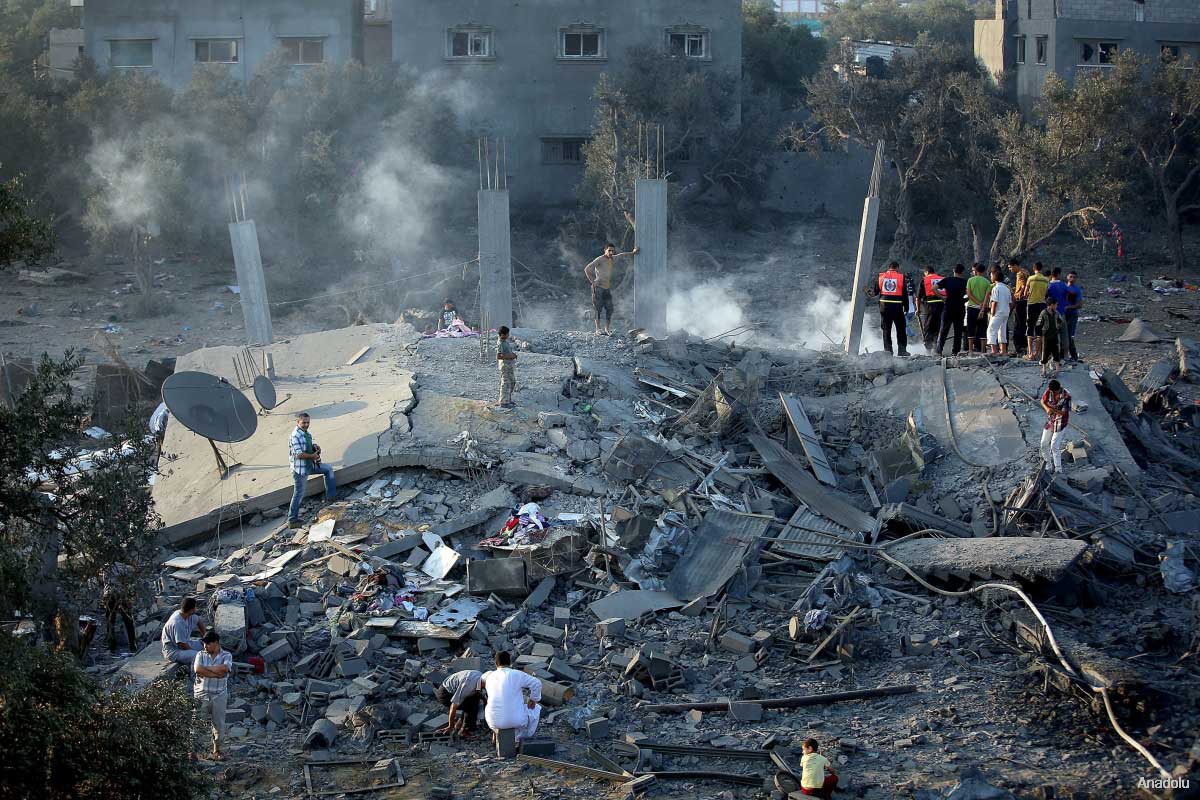

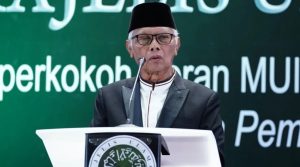
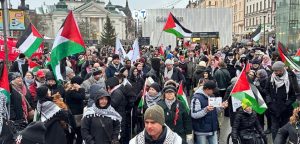
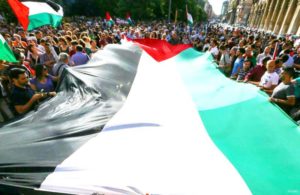
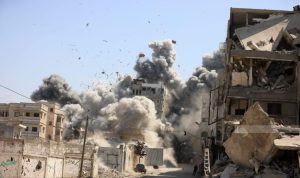

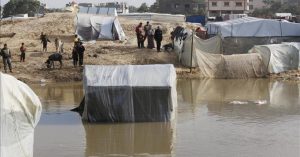
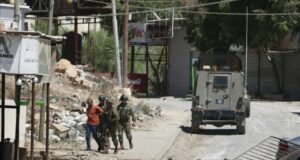
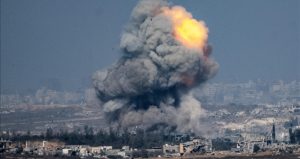

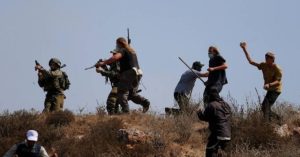
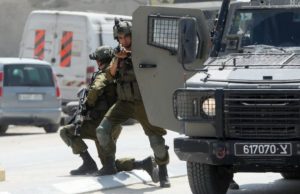
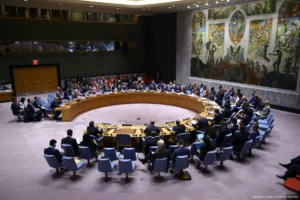












 Mina Indonesia
Mina Indonesia Mina Arabic
Mina Arabic